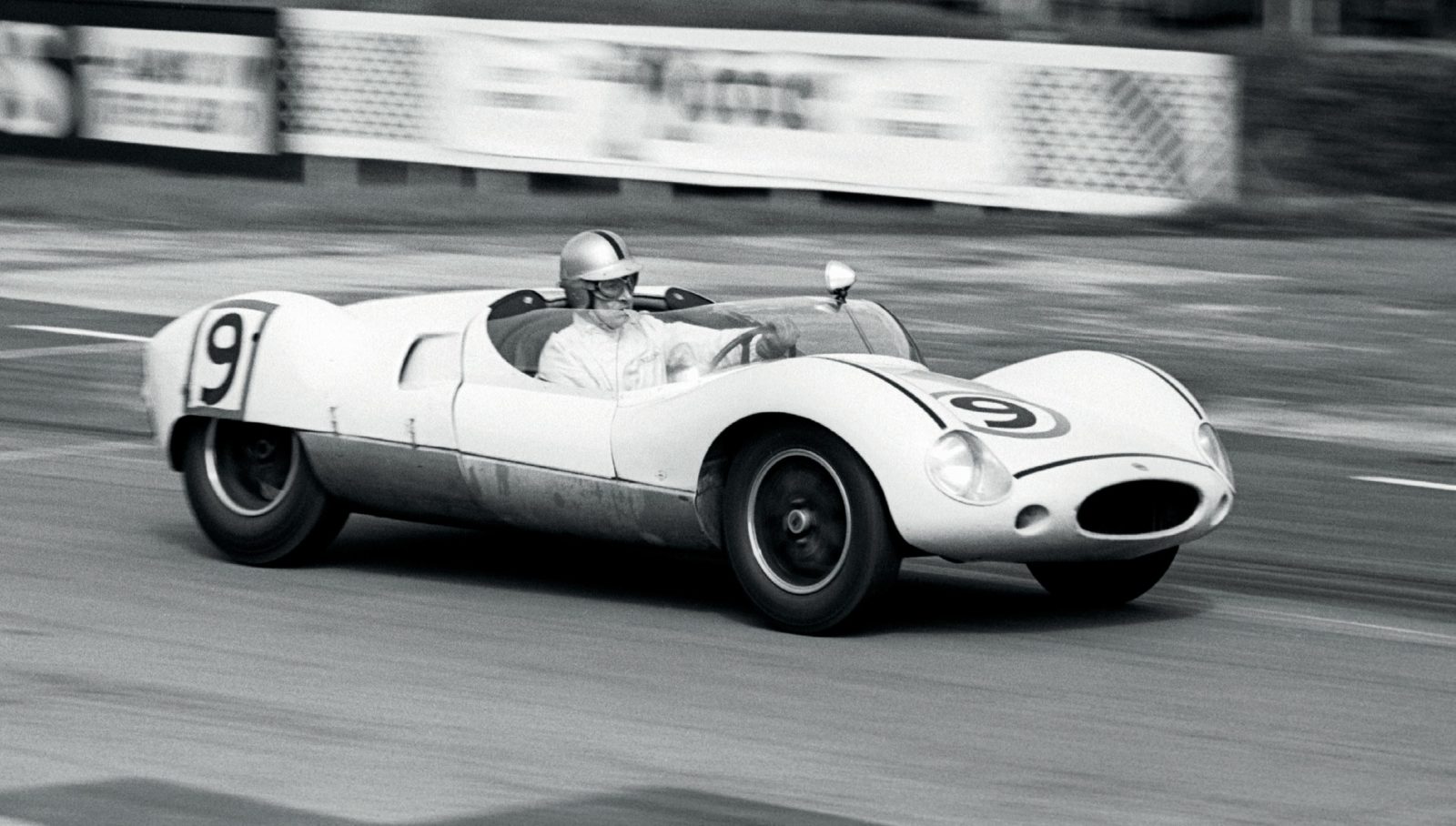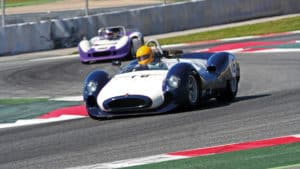Cooper Monaco: race car buying guide
Sleek, versatile and with its engine at the back, the Cooper Monaco paved the way for Can-Am, says Robert Ladbrook

While rival companies such as Lotus, McLaren and Jaguar often get the plaudits for innovation in motor sport, there can be no overlooking the role Cooper Cars Co played in revolutionising racing during the 1950s.
When Stirling Moss took the flag in the 1958 Argentine Grand Prix, he not only secured the first GP win for Charles and John Cooper’s privateer outfit, but also the first for a car with the engine at the wrong end. Many laughed when Cooper placed the engine behind the driver during 1957, but a year later the concept was proven by Moss and team-mate Maurice Trintignant, who shared victories across the first two races of the season. A year on and the Cooper stood on top of the world as Jack Brabham secured the 1959 F1 title in a T51.
Cooper may have been small, but its reputation led to projects outside GP racing, and few were more notable than the Monaco sports racer.
Named in tribute to Trintignant’s F1 victory in the principality the previous year, the Monaco was launched in 1959 to lead Cooper’s attack on sports car racing. Designed to make the most of its F1 technology, it took on, and often beat, Lotus at its own game.
Cooper began work on sports racing cars during the mid-50s, having created a small run of Jaguar-powered machines, aimed at improving on the allconquering C-type. As Cooper’s proficiency improved, in-house chassis designer Owen Maddock devised a spaceframe chassis for a new model and clothed it in aluminium. With the engine and gearbox sitting in the rear, it was essentially a widened F1 car.
The Monaco was born, and quickly showed its versatility. While Cooper favoured a 1.5- litre Climax FPF, a number more used Maserati four-cylinders, and Stirling Moss dumped a 2.5-litre Climax into his to qualify on the front row for the 1959 British GP sports car race at Aintree.
It’s difficult to know exactly how many Monacos were built, as many were sold in un-numbered kit form to avoid taxes, and Cooper never quoted a UK price, instead insisting it was “open for discussion”.
A Mark II emerged for 1960 with tweaked aerodynamics and a longer nose, before the Mark III of 1961 really ramped things up. Cooper spotted a market for the Monaco in America, with the USAC planning a new West Coast Fall Series, catering for sports racers with pretty much zero tuning restrictions. The Monaco’s chassis was tweaked to allow V8s to be fitted. One of its first customers was Carroll Shelby.
In 1963 the Shelby Coopers emerged, relabelled as King Cobras, with hefty Ford V8s packed into them. Three years later, the Fall Series would morph into Can-Am and, while Cooper was by now phased out, the versatile Monaco had played its part in laying the foundations for what would become America’s most famous sports car championship.
One for sale
 1963 Cooper-Chevrolet Monaco
1963 Cooper-Chevrolet Monaco
One of 15 sold to the US in 1963/64, it was formerly owned by actor Dan Blocker.
£POA
speedmastercars.com
Cooper Monaco statistics
Price new It depended who you were…
Price now £120,000-£250,000
Engine Coventry Climax FPF, Maserati 2.5, Ford/Chevrolet V8s (Mark III on)
Rivals Lotus 15, Jaguar D-type
Verdict Proved Cooper’s potential outside grand prix racing, and will go down in history as a Can-Am forerunner
 1963 Cooper-Chevrolet Monaco
1963 Cooper-Chevrolet Monaco